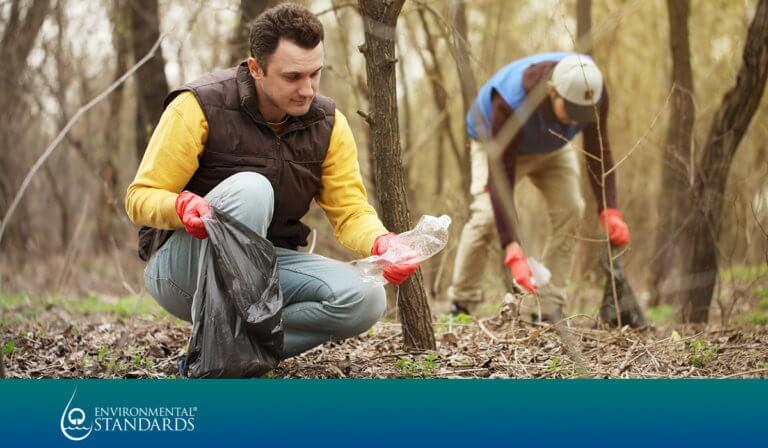
We’re Talkin’ Trash Again
Environmental Standards’ May 2014 newsletter article, “Now That’s What I Call Litter” reported on a piece of debris the size of a car found in the Amazon that was part of a UK satellite. That article chronicled the amount of litter discarded each year and celebrated those who are committed to reducing, reusing, and recycling, while also removing the ever-present litter in the environment. We know many of you are involved with trash pickup along highways and waterways, and we indeed thank you again.
Since 2014, the scale and breadth of global litter has meaningfully increased. Litter and plastic, have been found near and wide from the Mariana Trench at 36,000 feet below sea level to the top of Mount Everest, and in between.
Consistent with our reported 2014 statistics, cigarette butts are still on the top of the list for beaches, with plastic litter second. Based on my cursory look at my highways here in New Mexico, this ratio looks to be the same. Sadly, microplastics are becoming an enormous concern. Microplastics consist of plastic polymers of less than 5 mm in size due to weather, resulting in fibers, pellets, fragments, even foam materials, which may have both human health and ecological toxicity. We first noted the microplastics issue, as microbeads, in a 2016 newsletter article. We know these microplastics enter all trophic levels in our oceans, and they also carry co-contaminants including additives and sorbed chemicals and microorganisms. Yet, there is still much left to learn in terms of toxicity. California is in the process of establishing regulatory program for microplastics, and this is something we continue to closely follow and speak to. Many challenges lie in terms of validating analytical methods and understanding the risks.
2020 has been a challenging year for everyone, and though there has been a significant reduction in carbon emissions, waste recycling has been suspended in many areas, but plastic use has increased for safety considerations. A significant amount of the waste is personal protective equipment (PPE), with an astonishing 130 billion facemasks being made every month.
With safety still on the top of everyone’s conscious and subconscious thoughts, it’s hard to put litter in its place. But we believe whether you recycle or not, please toss no mas.

